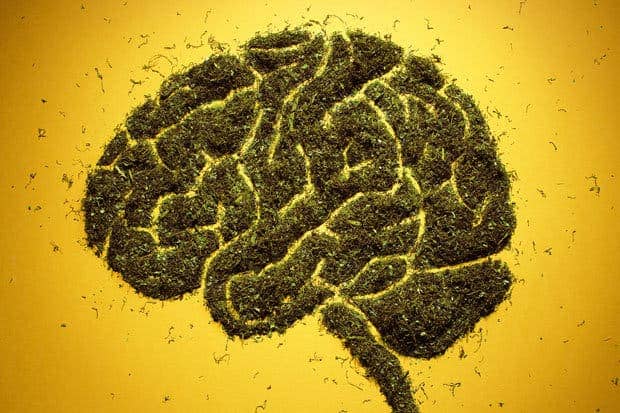Heavy marijuana users react to anxiety-inducing stimuli similarly to people diagnosed with anxiety disorders, a new study found. The results could help improve the accuracy of anxiety disorder diagnostics in the future.
If you were to show a healthy person a series of both threatening and non-threatening pictures, he or she will look at both kinds of images for a similar amount of time. Psychological tests have found that people suffering from anxiety disorders, however, exhibit a different pattern of eye movement in the same scenario; they focus their eyes on images they perceive as threatening or anxiety-inducing for shorter periods of time.
This is known as an attention bias; someone suffering from arachnophobia, for example, will focus less time on an image of a spider than one without. These differences are tiny, usually of the order of a few nanoseconds; And it makes sense — who would want to look at something that terrifies them? But psychologists believe that this bias also prevents us from processing information about anxiety-inducing stimuli, which may be counterproductive for overcoming these fears.
Two researchers, Thomas Wilcockson of Lancaster University, and Nilihan Sanal of Swansea University wanted to understand the relationship between marijuana use and anxiety. They measured this bias on eight heavy marijuana users and fifteen control participants. The subjects performed an experimental task in which they were briefly shown two pictures simultaneously. Each pair contained one neutral image (for example, a picture of a book) and one that showed a threatening object or animal (such as a rattlesnake.)
The team set up cameras to monitor the participants’ eye movements, measuring how quickly they eyes fixed on each image, and for how long. Participants were also assessed for symptoms of anxiety.
Similarly to those with anxiety disorders, marijuana users looked less time at threatening images compared neutral ones, but those in the control group did not exhibit this bias. There were no differences in terms of anxiety symptoms between the groups, however. This suggests that the drug affects anxiety on the level of implicit processing, without any conscious changes for the user.
The authors believe that this observed attitudinal bias to threatening stimuli suggests that heavy marijuana use could potentially increase the risk of developing an anxiety disorder. Or, they conclude, it’s possible that people prone to anxiety disorders engage in drug use as an attempt to self-medicate.
In either case, marijuana users and mental health professionals may want to take note of these potential links when it comes to assessing risk for anxiety disorders.
The paper “Heavy cannabis use and attentional avoidance of anxiety-related stimuli” has been published in the journal Addictive Behavior Reports.










